Counselling Theories
Explore the foundational theories behind counselling and therapy. Understand how humanistic, cognitive, behavioral, and psychoanalytic approaches shape therapeutic practices.


Explore the foundational theories behind counselling and therapy. Understand how humanistic, cognitive, behavioral, and psychoanalytic approaches shape therapeutic practices.
The six major counselling theories are humanistic, cognitive, behavioral, psychoanalytic, constructionist, and systemic approaches. Each theory provides a different framework for understanding human behavior and guiding therapeutic interventions. These theories serve as structured lenses through which counselors view client experiences and develop treatment strategies.
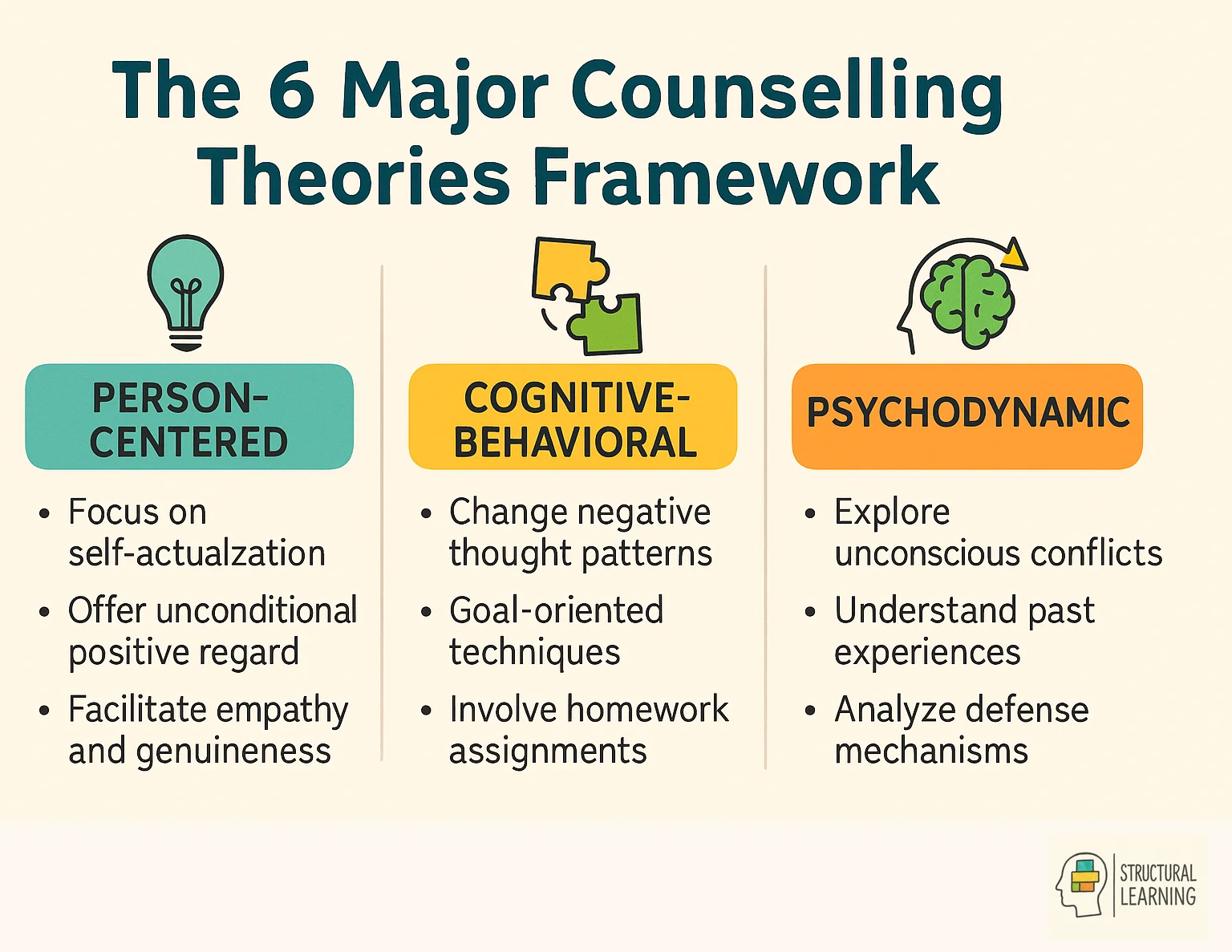
Counselling theories serve as the backbone of therapeutic practice, offering a structured approach to understanding human behavior and guiding the therapeutic process. They are the lenses through which therapists view their clients' experiences and challenges, each offering a unique perspective on human behavior.
The six major theoretical categories of counseling, humanistic, cognitive, behavioral, psychoanalytic, constructionist, and systemic, each offer a unique lens through which to view the human experience.
A key insight is that no one theoretical approach is considered superior to the others. As the Relational-Cultural Theory and Reality Therapy: A Culturally Responsive Integrative Framework paper suggests, counselors should familiarize themselves with various models that have shown to be beneficial in practice. This allows professionals to tailor their approaches to best suit the needs of their clients, particularly when working with culturally diverse clients.
For example, a counselor working with a client from a collectivist culture might find systemic theories particularly useful, as these theories consider the influence of social systems and relationships on an individual's behavior.
As the renowned psychologist Carl Rogers once said, "The good life is a process, not a state of being. It is a direction, not a destination." This quote encapsulates the essence of counseling, it is a journey, not a destination, and the theories are the roadmaps that guide us on this journey.
Statistics show that approximately 75% of individuals who enter therapy show some benefit (Lambert, 2013). This underscores the importance of these theories in guiding effective therapeutic practice.
Key insights:
Psychodynamic theory suggests that unconscious thoughts and early childhood experiences drive current behaviors, including self-sabotaging patterns in students. Teachers can recognize when repeated problematic behaviors may stem from deeper psychological issues rather than defiance. This understanding helps educators know when to refer students for specialized counselling support.
Psychoanalysis or psychodynamic theory, a brainchild of Sigmund Freud, is a fascinating exploration of the human mind. It posits that our behaviors, thoughts, and feelings are significantly driven by forces that lie beneath our conscious awareness, the unconscious mind.
This theory suggests that our present is profoundly influenced by repressed memories and unresolved conflicts from our past.
A key technique in psychoanalysis is free association. This technique encourages clients to express their thoughts, emotions, or memories freely, without any censorship. This process allows the therapist to delve into the client's unconscious mind, revealing potential sources of psychological distress.
For instance, a client might start talking about their day at work and end up revealing deep-seated fears about failure, which could be traced back to their childhood experiences.
Dream analysis is another cornerstone of psychoanalysis. Freud viewed dreams as a gateway to the unconscious mind. By dissecting dream symbols and themes, therapists can unearth hidden meanings and gain insights into a client's psychological state.
For example, a dream about losing teeth might symbolize anxiety about aging or fear of loss.
Transference is a phenomenon where clients project feelings and emotions from past relationships onto the therapist. This unconscious process can reveal patterns of behavior and relationship issues that may be affecting the client's well-being. As Freud once said, "The mind is like an iceberg, it floats with one-seventh of its bulk above water."
According to a study by Shedler (2010), psychodynamic therapy has shown efficacy rates of up to 80%. This highlights the effectiveness of this approach in promoting personal growth and improved psychological well-being.
Key Insights:
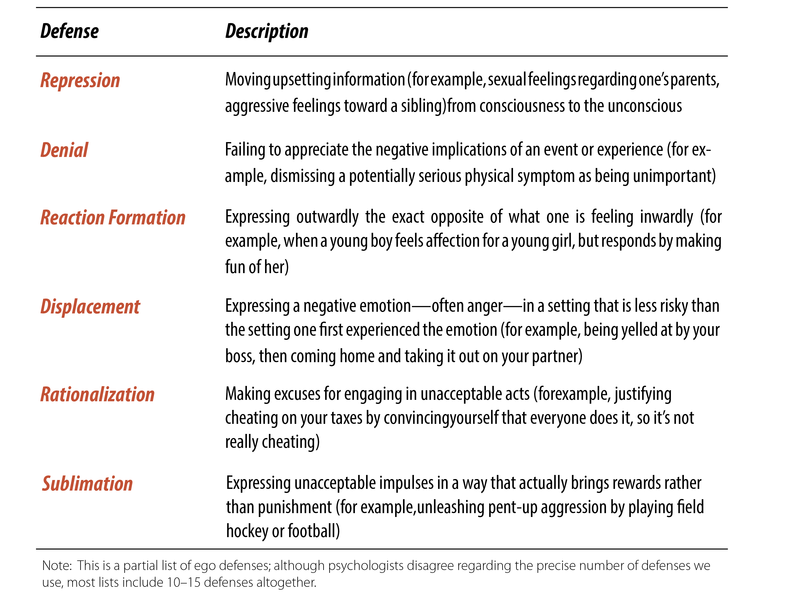
Behavioral counselling uses reinforcement, conditioning, and systematic desensitization to modify learned behaviors in educational settings. Key techniques include positive reinforcement schedules, behavior contracts, and token economies to encourage desired behaviors. These approaches view challenging behaviors as learned responses that can be unlearned through consistent intervention.
Behavioral Theory, a cornerstone in the field of counseling, operates on the principle that behavior is a learned phenomenon and can be altered. It underscores the idea that our actions are shaped more by our experiences and environment than by our internal thoughts and emotions. In the therapeutic setting, this theory translates into the use of behavior modification techniques to replace undesirable behaviors with more positive ones.
Two pivotal concepts in Behavioral Theory are operant conditioning and classical conditioning. Operant conditioning, a term coined by B.F. Skinner, involves the use of rewards or punishments to mold and reinforce behaviors.
For instance, a teacher might use praise (a positive reinforcement) to encourage a student's participation in class, or remove an unpleasant task (a negative reinforcement) when the student completes their homework on time.
On the other hand, classical conditioning, a concept pioneered by Ivan Pavlov, focuses on the association between environmental stimuli and behaviors. For example, if a student is repeatedly praised (a positive stimulus) when they answer a question correctly (a behavior), they will likely develop a positive association with participation and be more inclined to participate in the future.
Modeling, another facet of Behavioral Theory, involves learning through observation and imitation. This concept suggests that individuals are more likely to adopt behaviors that they observe being rewarded or positively reinforced in others.
Behavioral Theory offers a practical framework for addressing problematic behaviors and fostering positive change. As psychologist Albert Bandura once said, "Learning is a remarkably complex process that is influenced by a wide variety of factors." By understanding these forms of conditioning, therapists can help clients identify and modify their behavior patterns, leading to improved well-being.
Key Insights:

Cognitive theories focus on identifying and modifying maladaptive thought patterns that influence student behavior and academic performance. Counselors help students recognize distorted thinking patterns like catastrophizing or all-or-nothing thinking. Through cognitive restructuring techniques, students learn to challenge negative thoughts and develop more balanced perspectives.
Cognitive Theory in counseling focuses on the central role of cognition, or thought processes, in influencing behavior and emotions. It recognizes that our thoughts and beliefs shape how we perceive and interpret the world around us, as well as how we feel and behave in response to those interpretations.
One key concept in Cognitive Theory is the idea that distorted thinking patterns can contribute to abnormal functioning. These distorted thoughts, also known as cognitive distortions, include negative thinking, overgeneralization, black-and-white thinking, and catastrophizing. These distorted thoughts can lead to negative emotions, maladaptive behaviors, and various mental health issues.
Cognitive Therapy, a therapeutic approach derived from Cognitive Theory, aims to challenge and modify these distorted thoughts. Through techniques such as cognitive restructuring, individuals are encouraged to evaluate the evidence for their thoughts and beliefs, explore alternative perspectives, and develop more balanced and realistic thinking patterns.
By addressing and modifying these distortions, individuals can experience improvements in their emotions and behaviors.
Cognitive counseling is often combined with behavioral counseling to facilitate changes in behaviors. By challenging dysfunctional thoughts and promoting new ways of thinking, individuals are more likely to engage in adaptive behaviors. Behavioral techniques, such as exposure therapy or behavioral activation, are commonly integrated into cognitive counseling to reinforce the changes in thinking and promote positive behavior change.
In summary, Cognitive Theory in counseling emphasizes the importance of cognition in behavior and emotions. Distorted thinking patterns can contribute to abnormal functioning, but through the process of cognitive therapy, individuals can challenge and modify these thoughts to promote healthier ways of thinking and ultimately, positive changes in behavior.
By combining cognitive counseling with behavioral counseling, individuals can experience comprehensive and effective therapy.

Humanistic counselling emphasizes the therapeutic relationship through empathy, genuineness, and unconditional positive regard for students. This approach focuses on the student's inherent potential for growth and self-actualization rather than problems or deficits. Carl Rogers' client-centered therapy principles guide counselors to create supportive environments where students feel valued and understood.
The Humanistic Approach to counseling is rooted in the belief that individuals have the innate capacity for self-growth and self-actualization.
It emphasizes the importance of self-development and the realization of human potential. Humanistic therapists focus on creating a supportive and non-judgmental therapeutic environment where clients can explore their thoughts, feelings, and experiences.
One key theory within the Humanistic Approach is client-centered therapy, developed by Carl Rogers. This approach emphasizes the therapist's unconditional positive regard, empathy, and genuine understanding of the client's subjective experiences.
The therapist aims to create a safe space for the client to explore their emotions and gain a deeper understanding of themselves. The focus is on the client's own journey of self-discovery and self-actualization.
Another theory within the Humanistic Approach is gestalt therapy, founded by Fritz Perls. This therapy emphasizes the integration of mind, body, and emotions, and focuses on helping clients become more aware of their immediate experiences and take responsibility for their thoughts, feelings, and actions.
Gestalt therapy often utilizes experiential techniques, such as role-playing or empty-chair exercises, to facilitate self-awareness and personal growth. Existential therapy is another important theory within the Humanistic Approach, influenced by the work of philosophers such as Søren Kierkegaard and Jean-Paul Sartre.
This therapy focuses on the exploration of the individual's existence, meaning, and purpose in life. Existential therapists help clients confront difficult existential questions and explore their choices, values, and responsibilities. The aim is to assist clients in discovering their own authentic path and living a more meaningful life. In summary, the Humanistic Approach to counseling emphasizes self-development and the realization of human potential.
Through theories such as client-centered therapy, gestalt therapy, and existential therapy, humanistic therapists create a therapeutic space where clients can explore their thoughts, emotions, and experiences, with the ultimate goal of helping individuals achieve their highest potential.
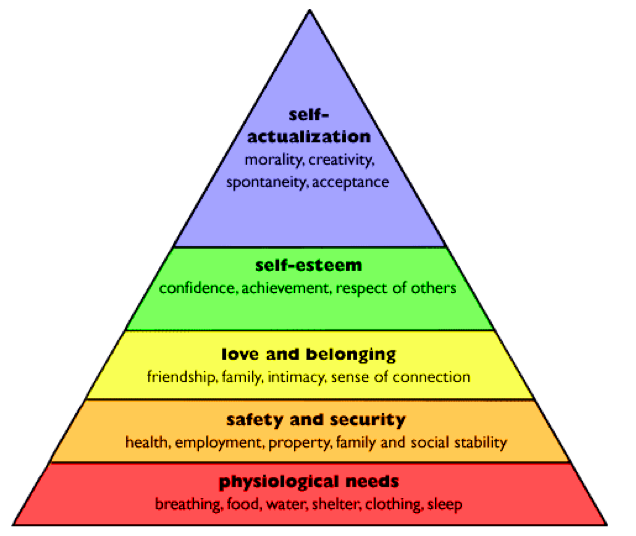
Integrative therapy combines elements from multiple counselling theories to address diverse student needs and complex issues. Schools should consider this approach when students present with multiple concerns or when single-theory interventions prove insufficient. This flexible framework allows counselors to tailor interventions to individual student circumstances and cultural backgrounds.
Holistic therapy, also known as integrative therapy, is an approach that combines various therapeutic tools and approaches to meet the specific needs of each client. This approach recognizes that each individual has unique preferences, needs, characteristics, physical abilities, motivation levels, and spiritual beliefs, and aims to tailor the therapy accordingly.
In holistic therapy, the therapist takes a comprehensive view of the client's well-being, considering their mental, emotional, physical, and spiritual dimensions.
The therapist integrates different therapeutic modalities, such as cognitive-behavioral therapy, psychodynamic therapies, behavioral therapies, mindfulness-based cognitive therapy, and more, to create a personalized treatment plan that addresses the client's multiple dimensions.
The holistic approach not only focuses on symptom reduction but also on promoting overall well-being and self-discovery. Therapists may utilize a variety of techniques and interventions, including talk therapy, art therapy, body-centered therapy, meditation, and relaxation exercises, depending on the unique needs of the client.
The goal of holistic therapy is to empower the client by supporting their growth, promoting self-awareness, and facilitating the development of skills and strategies that can be applied in their daily lives. By considering the whole person and integrating various therapeutic tools and approaches, holistic therapy offers a comprehensive and individualized approach to counseling.
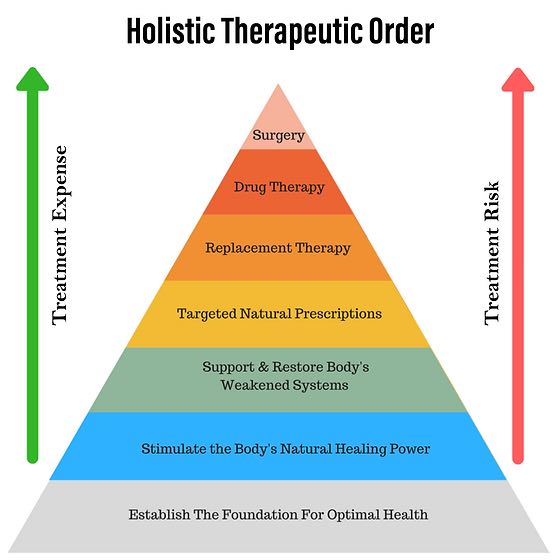
Multicultural counselling theory addresses how cultural background, identity, and social context influence student mental health and behavior. This approach helps counselors recognize cultural differences in expressing distress and seeking help. It ensures counselling practices are culturally responsive and avoid imposing dominant cultural values on students from diverse backgrounds.
Multicultural Counselling Theory is a concept that recognizes and values the importance of diversity and inclusion in therapeutic practice. It acknowledges that individuals come from diverse backgrounds, cultures, and experiences, and that these factors significantly influence their worldview, identity, and mental health.
Recognizing and embracing diversity is crucial for creating a safe and empowering therapeutic environment that meets the unique needs of clients.
Therapists play a vital role in modifying psychoanalytically oriented therapy techniques to fit the cultural setting of their clients. This involves recognizing that different cultures may have distinct beliefs, values, and ways of understanding and communicating about mental health.
To ensure therapy is effective and culturally sensitive, therapists can adapt their approach by integrating cultural rituals, traditions, and metaphors into the therapy process. By doing so, therapists demonstrate respect for their clients' cultural backgrounds and help clients feel understood and validated.
Furthermore, counselors must engage in self-reflection and confront any biases or assumptions they may hold. Unconscious biases can significantly impact the therapeutic relationship and the outcomes of treatment.
Counselors need to challenge cultural stereotypes and strive to recognize and address their own cultural blind spots. This includes continuously educating themselves about different cultures, seeking consultation or supervision when needed, and cultivating a genuine curiosity and openness to learning from their clients.
In conclusion, Multicultural Counselling Theory is essential for embracing diversity and inclusion in therapeutic practice. By modifying therapy techniques to fit the cultural setting of clients and confronting personal biases and assumptions, therapists create a therapeutic environment that fosters understanding and empowers clients from diverse backgrounds.
It is through this inclusive approach that counselors can truly support the mental well-being and growth of all individuals they work with.
Counselors combine theories to create comprehensive treatment plans that address the complexity of student issues. Different theories work better for specific problems: behavioral for habit change, cognitive for anxiety, and humanistic for self-esteem issues. This eclectic approach allows counselors to match interventions to individual student needs and presenting concerns.
The integrative approach to counseling involves combining different counseling theories to create a more effective and tailored treatment for clients. This approach recognizes that no single counseling approach is superior and that the diverse needs of clients can be better addressed by integrating various theories.
By combining theories such as psychodynamic, behavioral, cognitive, humanistic, and systemic, counselors can draw on a range of therapeutic techniques and interventions. For example, psychodynamic theories focus on exploring unconscious thoughts and emotions, while behavioral theories emphasize the role of learning and behavior change.
Cognitive theories explore patterns of thinking and how they influence emotions and behaviors, while humanistic theories focus on self-discovery and personal growth. Systemic theories consider the influence of family and social systems on the client's well-being.
The integrative approach allows therapists to select and blend different elements from these theories to meet the unique needs of each client.
For instance, a therapist may use cognitive techniques to help a client challenge negative thinking patterns and develop new, healthier beliefs, while also incorporating elements of humanistic therapy to encourage self-acceptance and personal growth.
By combining theories in an integrative approach, counselors can provide more comprehensive and effective counseling that addresses the complex and diverse needs of clients. This approach recognizes the individuality of each client and emphasizes a holistic understanding of their well-being.
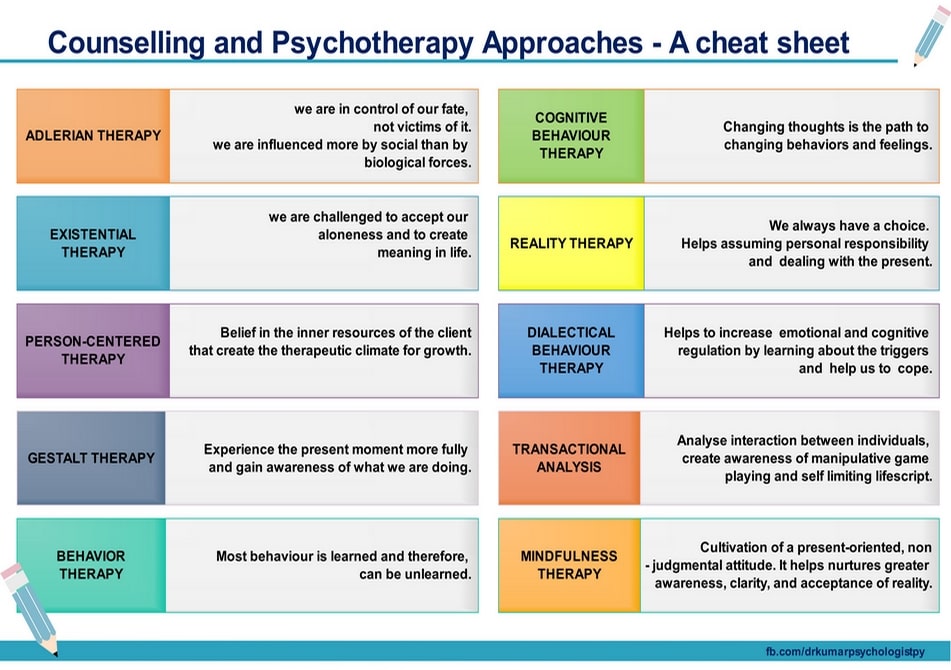
Cognitive-behavioral therapy works best for anxiety and depression, while behavioral approaches excel with conduct issues and ADHD. Humanistic approaches support students facing identity issues or low self-worth, and psychodynamic therapy helps with recurring relationship problems. Solution-focused brief therapy addresses immediate academic or social concerns efficiently within school settings.
In the realm of therapeutic techniques, there are several that have been developed to address specific psychological issues. Here, we will focus on nine of the most popular therapies and their associated psychological paradigms, with a particular emphasis on the problems they are designed to solve.
Each of these therapies is associated with a specific psychological paradigm and is designed to address certain issues. However, the choice of therapy often depends on the individual's specific needs and circumstances.
As Dr. Aaron Beck, the founder of cognitive therapy, once said, "The most effective treatment is not the one that sounds the most convincing, but the one that works for the patient." This underscores the importance of personalizing therapy to the individual's unique needs and circumstances.
According to the World Health Organization, around 1 in 4 people in the world will be affected by a mental or neurological disorder at some point in their lives. This statistic highlights the importance of having a variety of effective therapeutic techniques to address the diverse needs of individuals struggling with mental health issues.
Key Insights:

Essential resources include foundational texts by Carl Rogers for humanistic approaches, Aaron Beck for cognitive therapy, and multicultural counselling guides for diverse populations. Professional development courses on counselling theories provide practical classroom applications. Online platforms offer accessible introductions to major theories with case studies relevant to educational settings.
Here are five key studies that explore various theories and approaches in counseling psychology, integrating the specified keywords:
These studies provide a comprehensive overview of the diverse theories and therapeutic approaches within counseling psychology, emphasizing cognitive-behavioral therapy, humanistic counseling, and the integration of social context and holistic perspectives in understanding and practicing counseling.
The six major counselling theories are humanistic, cognitive, behavioral, psychoanalytic, constructionist, and systemic approaches. Each theory provides a different framework for understanding human behavior and guiding therapeutic interventions. These theories serve as structured lenses through which counselors view client experiences and develop treatment strategies.

Counselling theories serve as the backbone of therapeutic practice, offering a structured approach to understanding human behavior and guiding the therapeutic process. They are the lenses through which therapists view their clients' experiences and challenges, each offering a unique perspective on human behavior.
The six major theoretical categories of counseling, humanistic, cognitive, behavioral, psychoanalytic, constructionist, and systemic, each offer a unique lens through which to view the human experience.
A key insight is that no one theoretical approach is considered superior to the others. As the Relational-Cultural Theory and Reality Therapy: A Culturally Responsive Integrative Framework paper suggests, counselors should familiarize themselves with various models that have shown to be beneficial in practice. This allows professionals to tailor their approaches to best suit the needs of their clients, particularly when working with culturally diverse clients.
For example, a counselor working with a client from a collectivist culture might find systemic theories particularly useful, as these theories consider the influence of social systems and relationships on an individual's behavior.
As the renowned psychologist Carl Rogers once said, "The good life is a process, not a state of being. It is a direction, not a destination." This quote encapsulates the essence of counseling, it is a journey, not a destination, and the theories are the roadmaps that guide us on this journey.
Statistics show that approximately 75% of individuals who enter therapy show some benefit (Lambert, 2013). This underscores the importance of these theories in guiding effective therapeutic practice.
Key insights:
Psychodynamic theory suggests that unconscious thoughts and early childhood experiences drive current behaviors, including self-sabotaging patterns in students. Teachers can recognize when repeated problematic behaviors may stem from deeper psychological issues rather than defiance. This understanding helps educators know when to refer students for specialized counselling support.
Psychoanalysis or psychodynamic theory, a brainchild of Sigmund Freud, is a fascinating exploration of the human mind. It posits that our behaviors, thoughts, and feelings are significantly driven by forces that lie beneath our conscious awareness, the unconscious mind.
This theory suggests that our present is profoundly influenced by repressed memories and unresolved conflicts from our past.
A key technique in psychoanalysis is free association. This technique encourages clients to express their thoughts, emotions, or memories freely, without any censorship. This process allows the therapist to delve into the client's unconscious mind, revealing potential sources of psychological distress.
For instance, a client might start talking about their day at work and end up revealing deep-seated fears about failure, which could be traced back to their childhood experiences.
Dream analysis is another cornerstone of psychoanalysis. Freud viewed dreams as a gateway to the unconscious mind. By dissecting dream symbols and themes, therapists can unearth hidden meanings and gain insights into a client's psychological state.
For example, a dream about losing teeth might symbolize anxiety about aging or fear of loss.
Transference is a phenomenon where clients project feelings and emotions from past relationships onto the therapist. This unconscious process can reveal patterns of behavior and relationship issues that may be affecting the client's well-being. As Freud once said, "The mind is like an iceberg, it floats with one-seventh of its bulk above water."
According to a study by Shedler (2010), psychodynamic therapy has shown efficacy rates of up to 80%. This highlights the effectiveness of this approach in promoting personal growth and improved psychological well-being.
Key Insights:

Behavioral counselling uses reinforcement, conditioning, and systematic desensitization to modify learned behaviors in educational settings. Key techniques include positive reinforcement schedules, behavior contracts, and token economies to encourage desired behaviors. These approaches view challenging behaviors as learned responses that can be unlearned through consistent intervention.
Behavioral Theory, a cornerstone in the field of counseling, operates on the principle that behavior is a learned phenomenon and can be altered. It underscores the idea that our actions are shaped more by our experiences and environment than by our internal thoughts and emotions. In the therapeutic setting, this theory translates into the use of behavior modification techniques to replace undesirable behaviors with more positive ones.
Two pivotal concepts in Behavioral Theory are operant conditioning and classical conditioning. Operant conditioning, a term coined by B.F. Skinner, involves the use of rewards or punishments to mold and reinforce behaviors.
For instance, a teacher might use praise (a positive reinforcement) to encourage a student's participation in class, or remove an unpleasant task (a negative reinforcement) when the student completes their homework on time.
On the other hand, classical conditioning, a concept pioneered by Ivan Pavlov, focuses on the association between environmental stimuli and behaviors. For example, if a student is repeatedly praised (a positive stimulus) when they answer a question correctly (a behavior), they will likely develop a positive association with participation and be more inclined to participate in the future.
Modeling, another facet of Behavioral Theory, involves learning through observation and imitation. This concept suggests that individuals are more likely to adopt behaviors that they observe being rewarded or positively reinforced in others.
Behavioral Theory offers a practical framework for addressing problematic behaviors and fostering positive change. As psychologist Albert Bandura once said, "Learning is a remarkably complex process that is influenced by a wide variety of factors." By understanding these forms of conditioning, therapists can help clients identify and modify their behavior patterns, leading to improved well-being.
Key Insights:

Cognitive theories focus on identifying and modifying maladaptive thought patterns that influence student behavior and academic performance. Counselors help students recognize distorted thinking patterns like catastrophizing or all-or-nothing thinking. Through cognitive restructuring techniques, students learn to challenge negative thoughts and develop more balanced perspectives.
Cognitive Theory in counseling focuses on the central role of cognition, or thought processes, in influencing behavior and emotions. It recognizes that our thoughts and beliefs shape how we perceive and interpret the world around us, as well as how we feel and behave in response to those interpretations.
One key concept in Cognitive Theory is the idea that distorted thinking patterns can contribute to abnormal functioning. These distorted thoughts, also known as cognitive distortions, include negative thinking, overgeneralization, black-and-white thinking, and catastrophizing. These distorted thoughts can lead to negative emotions, maladaptive behaviors, and various mental health issues.
Cognitive Therapy, a therapeutic approach derived from Cognitive Theory, aims to challenge and modify these distorted thoughts. Through techniques such as cognitive restructuring, individuals are encouraged to evaluate the evidence for their thoughts and beliefs, explore alternative perspectives, and develop more balanced and realistic thinking patterns.
By addressing and modifying these distortions, individuals can experience improvements in their emotions and behaviors.
Cognitive counseling is often combined with behavioral counseling to facilitate changes in behaviors. By challenging dysfunctional thoughts and promoting new ways of thinking, individuals are more likely to engage in adaptive behaviors. Behavioral techniques, such as exposure therapy or behavioral activation, are commonly integrated into cognitive counseling to reinforce the changes in thinking and promote positive behavior change.
In summary, Cognitive Theory in counseling emphasizes the importance of cognition in behavior and emotions. Distorted thinking patterns can contribute to abnormal functioning, but through the process of cognitive therapy, individuals can challenge and modify these thoughts to promote healthier ways of thinking and ultimately, positive changes in behavior.
By combining cognitive counseling with behavioral counseling, individuals can experience comprehensive and effective therapy.

Humanistic counselling emphasizes the therapeutic relationship through empathy, genuineness, and unconditional positive regard for students. This approach focuses on the student's inherent potential for growth and self-actualization rather than problems or deficits. Carl Rogers' client-centered therapy principles guide counselors to create supportive environments where students feel valued and understood.
The Humanistic Approach to counseling is rooted in the belief that individuals have the innate capacity for self-growth and self-actualization.
It emphasizes the importance of self-development and the realization of human potential. Humanistic therapists focus on creating a supportive and non-judgmental therapeutic environment where clients can explore their thoughts, feelings, and experiences.
One key theory within the Humanistic Approach is client-centered therapy, developed by Carl Rogers. This approach emphasizes the therapist's unconditional positive regard, empathy, and genuine understanding of the client's subjective experiences.
The therapist aims to create a safe space for the client to explore their emotions and gain a deeper understanding of themselves. The focus is on the client's own journey of self-discovery and self-actualization.
Another theory within the Humanistic Approach is gestalt therapy, founded by Fritz Perls. This therapy emphasizes the integration of mind, body, and emotions, and focuses on helping clients become more aware of their immediate experiences and take responsibility for their thoughts, feelings, and actions.
Gestalt therapy often utilizes experiential techniques, such as role-playing or empty-chair exercises, to facilitate self-awareness and personal growth. Existential therapy is another important theory within the Humanistic Approach, influenced by the work of philosophers such as Søren Kierkegaard and Jean-Paul Sartre.
This therapy focuses on the exploration of the individual's existence, meaning, and purpose in life. Existential therapists help clients confront difficult existential questions and explore their choices, values, and responsibilities. The aim is to assist clients in discovering their own authentic path and living a more meaningful life. In summary, the Humanistic Approach to counseling emphasizes self-development and the realization of human potential.
Through theories such as client-centered therapy, gestalt therapy, and existential therapy, humanistic therapists create a therapeutic space where clients can explore their thoughts, emotions, and experiences, with the ultimate goal of helping individuals achieve their highest potential.

Integrative therapy combines elements from multiple counselling theories to address diverse student needs and complex issues. Schools should consider this approach when students present with multiple concerns or when single-theory interventions prove insufficient. This flexible framework allows counselors to tailor interventions to individual student circumstances and cultural backgrounds.
Holistic therapy, also known as integrative therapy, is an approach that combines various therapeutic tools and approaches to meet the specific needs of each client. This approach recognizes that each individual has unique preferences, needs, characteristics, physical abilities, motivation levels, and spiritual beliefs, and aims to tailor the therapy accordingly.
In holistic therapy, the therapist takes a comprehensive view of the client's well-being, considering their mental, emotional, physical, and spiritual dimensions.
The therapist integrates different therapeutic modalities, such as cognitive-behavioral therapy, psychodynamic therapies, behavioral therapies, mindfulness-based cognitive therapy, and more, to create a personalized treatment plan that addresses the client's multiple dimensions.
The holistic approach not only focuses on symptom reduction but also on promoting overall well-being and self-discovery. Therapists may utilize a variety of techniques and interventions, including talk therapy, art therapy, body-centered therapy, meditation, and relaxation exercises, depending on the unique needs of the client.
The goal of holistic therapy is to empower the client by supporting their growth, promoting self-awareness, and facilitating the development of skills and strategies that can be applied in their daily lives. By considering the whole person and integrating various therapeutic tools and approaches, holistic therapy offers a comprehensive and individualized approach to counseling.

Multicultural counselling theory addresses how cultural background, identity, and social context influence student mental health and behavior. This approach helps counselors recognize cultural differences in expressing distress and seeking help. It ensures counselling practices are culturally responsive and avoid imposing dominant cultural values on students from diverse backgrounds.
Multicultural Counselling Theory is a concept that recognizes and values the importance of diversity and inclusion in therapeutic practice. It acknowledges that individuals come from diverse backgrounds, cultures, and experiences, and that these factors significantly influence their worldview, identity, and mental health.
Recognizing and embracing diversity is crucial for creating a safe and empowering therapeutic environment that meets the unique needs of clients.
Therapists play a vital role in modifying psychoanalytically oriented therapy techniques to fit the cultural setting of their clients. This involves recognizing that different cultures may have distinct beliefs, values, and ways of understanding and communicating about mental health.
To ensure therapy is effective and culturally sensitive, therapists can adapt their approach by integrating cultural rituals, traditions, and metaphors into the therapy process. By doing so, therapists demonstrate respect for their clients' cultural backgrounds and help clients feel understood and validated.
Furthermore, counselors must engage in self-reflection and confront any biases or assumptions they may hold. Unconscious biases can significantly impact the therapeutic relationship and the outcomes of treatment.
Counselors need to challenge cultural stereotypes and strive to recognize and address their own cultural blind spots. This includes continuously educating themselves about different cultures, seeking consultation or supervision when needed, and cultivating a genuine curiosity and openness to learning from their clients.
In conclusion, Multicultural Counselling Theory is essential for embracing diversity and inclusion in therapeutic practice. By modifying therapy techniques to fit the cultural setting of clients and confronting personal biases and assumptions, therapists create a therapeutic environment that fosters understanding and empowers clients from diverse backgrounds.
It is through this inclusive approach that counselors can truly support the mental well-being and growth of all individuals they work with.
Counselors combine theories to create comprehensive treatment plans that address the complexity of student issues. Different theories work better for specific problems: behavioral for habit change, cognitive for anxiety, and humanistic for self-esteem issues. This eclectic approach allows counselors to match interventions to individual student needs and presenting concerns.
The integrative approach to counseling involves combining different counseling theories to create a more effective and tailored treatment for clients. This approach recognizes that no single counseling approach is superior and that the diverse needs of clients can be better addressed by integrating various theories.
By combining theories such as psychodynamic, behavioral, cognitive, humanistic, and systemic, counselors can draw on a range of therapeutic techniques and interventions. For example, psychodynamic theories focus on exploring unconscious thoughts and emotions, while behavioral theories emphasize the role of learning and behavior change.
Cognitive theories explore patterns of thinking and how they influence emotions and behaviors, while humanistic theories focus on self-discovery and personal growth. Systemic theories consider the influence of family and social systems on the client's well-being.
The integrative approach allows therapists to select and blend different elements from these theories to meet the unique needs of each client.
For instance, a therapist may use cognitive techniques to help a client challenge negative thinking patterns and develop new, healthier beliefs, while also incorporating elements of humanistic therapy to encourage self-acceptance and personal growth.
By combining theories in an integrative approach, counselors can provide more comprehensive and effective counseling that addresses the complex and diverse needs of clients. This approach recognizes the individuality of each client and emphasizes a holistic understanding of their well-being.

Cognitive-behavioral therapy works best for anxiety and depression, while behavioral approaches excel with conduct issues and ADHD. Humanistic approaches support students facing identity issues or low self-worth, and psychodynamic therapy helps with recurring relationship problems. Solution-focused brief therapy addresses immediate academic or social concerns efficiently within school settings.
In the realm of therapeutic techniques, there are several that have been developed to address specific psychological issues. Here, we will focus on nine of the most popular therapies and their associated psychological paradigms, with a particular emphasis on the problems they are designed to solve.
Each of these therapies is associated with a specific psychological paradigm and is designed to address certain issues. However, the choice of therapy often depends on the individual's specific needs and circumstances.
As Dr. Aaron Beck, the founder of cognitive therapy, once said, "The most effective treatment is not the one that sounds the most convincing, but the one that works for the patient." This underscores the importance of personalizing therapy to the individual's unique needs and circumstances.
According to the World Health Organization, around 1 in 4 people in the world will be affected by a mental or neurological disorder at some point in their lives. This statistic highlights the importance of having a variety of effective therapeutic techniques to address the diverse needs of individuals struggling with mental health issues.
Key Insights:

Essential resources include foundational texts by Carl Rogers for humanistic approaches, Aaron Beck for cognitive therapy, and multicultural counselling guides for diverse populations. Professional development courses on counselling theories provide practical classroom applications. Online platforms offer accessible introductions to major theories with case studies relevant to educational settings.
Here are five key studies that explore various theories and approaches in counseling psychology, integrating the specified keywords:
These studies provide a comprehensive overview of the diverse theories and therapeutic approaches within counseling psychology, emphasizing cognitive-behavioral therapy, humanistic counseling, and the integration of social context and holistic perspectives in understanding and practicing counseling.